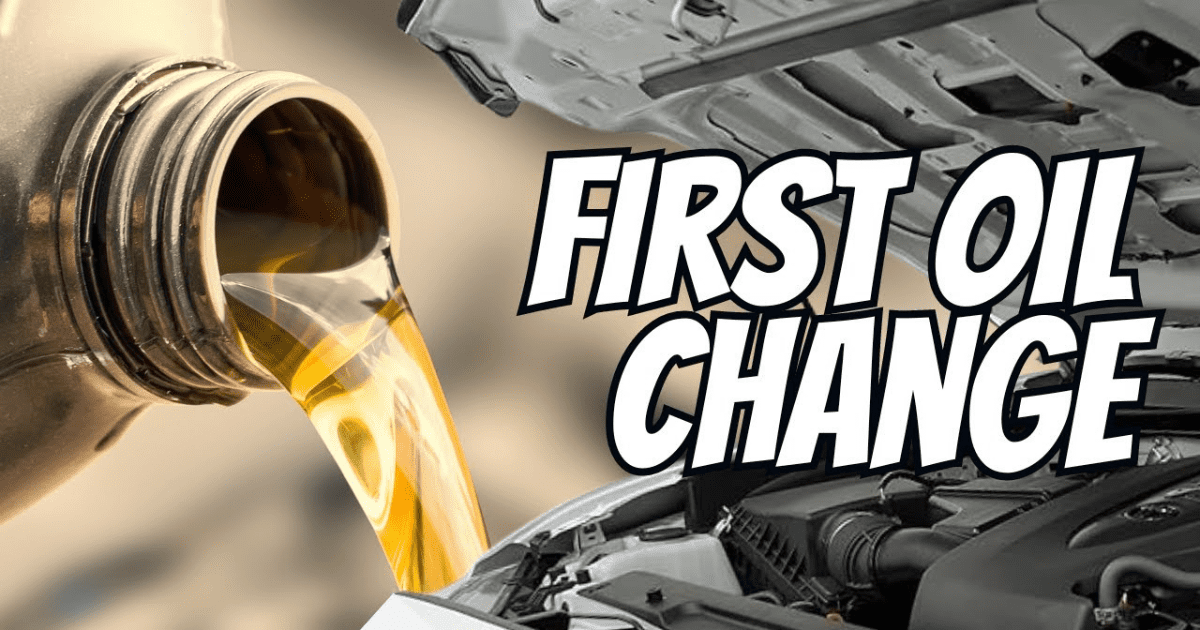Changing the oil in your car is an essential part of regular maintenance. However, do you need to wait before driving your car after an oil change, or can you hit the road immediately? In this article, we’ll answer that question and provide some tips for driving after an oil change.
Why is an Oil Change Necessary?
Before we dive into the topic of driving after an oil change, let’s first discuss why oil changes are necessary. Over time, the oil in your engine gets dirty and loses its ability to lubricate properly. This can cause friction, heat, and wear on the engine parts, leading to reduced performance and lifespan. By changing the oil regularly, you can prevent these problems and keep your engine running smoothly.
How Often Should You Change Your Oil?
The frequency of oil changes depends on several factors, including the type of oil, the type of car, the driving conditions, and the manufacturer’s recommendations. Generally, most cars need an oil change every 5,000 to 10,000 miles or every six months, whichever comes first. However, some newer cars can go longer between oil changes, up to 15,000 miles or one year, thanks to synthetic oil and advanced engine technology.
Can You Drive Your Car Immediately After an Oil Change?
The short answer is yes, you can drive your car immediately after an oil change. There is no need to wait for the oil to settle or adjust to the engine. However, there are some things you should do before and after driving your car to make sure everything is fine and avoid potential problems.
Before Driving Your Car:
- Check for any oil leaks under your car. If you see any oil dripping or puddling, do not drive your car and contact your mechanic immediately. Oil leaks can damage your engine and cause a fire hazard.
- Check the oil level on your dipstick. If the oil level is too low or too high, do not drive your car and contact your mechanic immediately. The oil level should be between the minimum and maximum marks on the dipstick. Too little or too much oil can cause engine damage and performance issues.
After Driving Your Car:
- Check the oil level again on your dipstick. If the oil level has dropped significantly, do not drive your car and contact your mechanic immediately. This could indicate a leak or a problem with the oil pump or filter.
- Check the oil pressure light on your dashboard. If the light comes on or stays on, do not drive your car and contact your mechanic immediately. This could indicate low oil pressure or a faulty oil pressure sensor. Low oil pressure can cause severe engine damage and failure.
- Drive gently for the first few miles. This will allow the new oil to circulate and reach all the parts of the engine. Avoid sudden acceleration, braking, or turning, and keep your speed and RPM low. This will also help you save fuel and reduce emissions.
Conclusion
Changing the oil regularly is one of the best ways to maintain your car and your engine. However, you should also know what to do after an oil change to avoid any problems and keep your car running smoothly. By following the tips in this article, you can drive your car immediately after an oil change and enjoy the benefits of fresh and clean oil.
FAQs:
- How often should I change my oil filter?
The oil filter should be replaced every time you change your oil. - Can I use synthetic oil instead of conventional oil?
Yes, synthetic oil can be used instead of conventional oil. Synthetic oil can provide better performance and protection for your engine. - How can I tell if my car needs an oil change?
You can check the oil level on your dipstick, or you can look for signs of dirty oil, such as a dark color or gritty texture. - How much does an oil change cost?
The cost of an oil change depends on several factors, including the type of oil, the type of car, and the location. On average, an oil change costs between $35 and $75. - Can I change my own oil?
Yes, you can change your own oil if you have the proper tools and knowledge. However, it is recommended to have a professional do it to ensure it is done correctly and safely.




